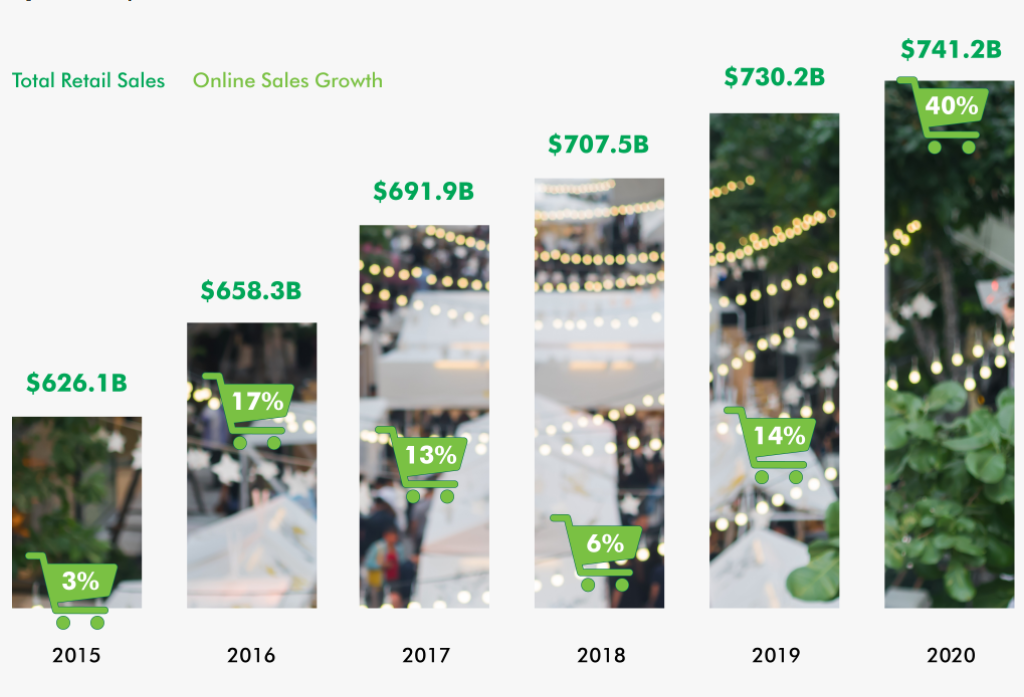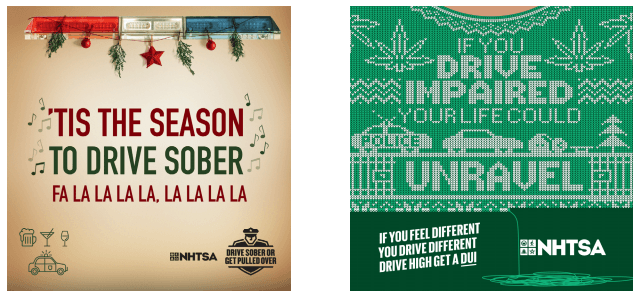
Eight Reasons Why Fleet Safety Is A Top Priority This Christmas Peak
There are several reasons to be particularly vigilant about fleet safety in the run up to Christmas – and even more so during the holiday season. Here are our top eight.
1. Peak volumes. Easter might still win for sheer freight volumes in some sectors, however, Christmas volumes present substantial challenges. According to CBRE, the top category sales this holiday season will include value and luxury lounge & athleisure wear, beauty, home furnishings & décor, tools, appliances, cooking & kitchen equipment, streaming & subscription services and at-home entertainment, gaming & fitness. More shopping, buying and home deliveries means more trucks on the road – particularly on narrow streets, in tight neighborhoods.
2. Consumers began shopping earlier than ever this year to avoid crowds and limit anxiety over in-store shopping, product scarcity, shipping costs and delivery timeframes for online orders. Many retailers started their holiday sales before Halloween to meet consumer demand. The earlier start also allowed retailers to better manage limited inventory, product availability, distribution and shipping to avoid the usual seasonal rush during a year in which overtaxed supply chains and timely delivery have been ongoing challenges.
3. With record 14% growth, holiday e-commerce sales totaled $167.8 billion last year, according to the National Retail Federation. Forecasts for 2020 holiday e-commerce sales growth is expected to more than double to at least 40%, putting e-commerce’s share of total retail sales in November and December at 32%.

4. Home deliveries present specific fleet safety risks – frequent stopping, access and curb space issues, and high levels of driver pressure. Unlike heavier freight, they are frequently carried out by non-vocational drivers. Even if your fleet isn’t involved in this sector, your drivers’ routes will be complicated by the frequent presence of delivery vehicles.
5. It’s winter. Vehicle maintenance needs to be top-notch and weather appropriate. Drivers need to judge appropriate speed for visibility, rain, ice and fog. Driving too fast for road or weather conditions, which can change rapidly and unexpectedly, accounts for 23% of truck crashes. Additionally, the severity and cost of collisions significantly increase in adverse weather conditions, often resulting in nuclear verdicts. With 70% of the nation’s roads located in regions receiving more than five inches of snow annually and vehicles requiring ten times longer to stop on snow and ice than on dry pavement, it is imperative that fleets monitor and notify drivers of unsafe conditions. Learn more with our infographic.
6. Early darkness doesn’t only have an effect on visibility, but daylight – or its lack – also affects our mood, our cognitive function and our sleep patterns. In addition, it impacts safety, both for drivers and pedestrians. Pedestrians walking around at dusk are nearly three times more likely to be struck and killed by cars in the days following the end of daylight-saving time than just before the time change. A study of seven years of nationwide traffic fatalities was conducted at Carnegie Mellon University, calculating the risk per mile walked for pedestrians. The study found that the per-mile risk jumps 186 percent from October to November. The National Road Safety Foundation (NRSF) has done studies proving that auto accidents increase after the clocks fall back an hour. Besides the lack of visibility, the NRSF notes that commuting in the dark can also make drivers drowsier than usual.
7. Fleets use more temporary drivers during peak periods and the industry has noted a correlation between temporary drivers and collision rates – not because temporary drivers are unskilled but because they are frequently asked to drive an unfamiliar vehicle on unfamiliar (and often unpopular) routes, they don’t necessarily share the company’s safety culture or have access to the same level of safety training, and they don’t have a specific investment in your brand, vehicle or career prospects. Proper induction, and careful management and monitoring is important for the fleet and the driver.
8. Christmas is party time and that can mean alcohol and/or drugs are a more pressing issue. It is easy for drivers to underestimate the effects of last night’s drink on this morning’s performance – and with restaurants/bars closed across the country, drivers may not monitor home consumption as closely. The National Highway Traffic Safety Administration has launched a campaign to remind people to stay safe.

Fleet safety must be at the top of your agenda during the Christmas peak – not only because any collision will mean a loss of performance you can’t afford. Fortunately, thousands of the drivers are being protected by SmartDrive’s video-based safety system this Christmas. Maybe yours could be too?
Wherever you and your loved ones are this Christmas, stay safe. Season’s greetings, from all of us at SmartDrive and Omnitracs.
- Posted by Melissa.Senoff@smartdrive.net
- On 21 December 2020
